World steel prices
At the end of the trading session on May 15, the price of rebar for May delivery on the Shanghai Futures Exchange increased by 0.79% (24 yuan) to 3,066 yuan/ton. On the Dalian Exchange, the price of iron ore for May delivery increased by 0.25% (2 yuan) to 800 yuan/ton. Meanwhile, the price of iron ore on the Singapore Exchange increased by 0.4 USD to 101 USD/ton.
Iron ore prices were capped by a cautious market sentiment after China released credit data, showing new bank loans in China fell more than expected in April as the protracted trade war with the United States continued to dampen market appetite.
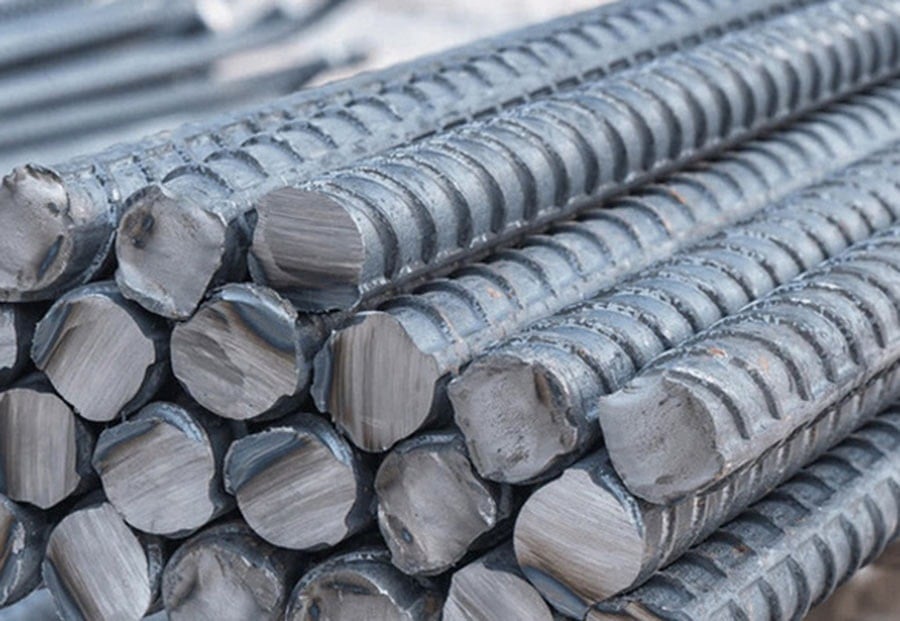
In another development in iron ore demand, in India, in the first four months of this year, the country imported about 2.88 million tons of iron ore (including fines and pellets), up 76% over the same period last year, according to Kallanish citing trade data.
Although India has iron ore reserves in the eastern and southern regions, the company is said to import raw material from Oman to supply to its plants in Maharashtra state.
As a result, the largest import volume came from Oman and Australia, with JSW Steel being the largest importer. The market noted that JSW Steel started looking to foreign suppliers late last year due to disruptions in domestic supply. The prolonged rainy season led to a supply shortage by the end of 2024.
In the financial year 2024/25 (ending April 2025), India increased its iron ore production to 289 million tonnes, up 4.3% year-on-year, reaching a record high, surpassing the previous record set in the financial year 2023.
Of which, pellet output recorded 105 million tons, up 5% over the same period last year. Although growth slowed in the second half of the year, this increase was driven by stable steel production, higher use of pellets in blast furnaces and domestic capacity expansion.
Among the producers, JSW Steel led with 27 million tonnes (+8%), while AM/NS India declined 14% due to a more than 55% y-o-y decline in pellet exports. In contrast, Tata Steel increased production by 16% thanks to a new line in Kalinganagar.
In the financial year 2025/2026, pellet production is expected to continue to increase, but demand from international markets and the development of energy-saving technologies in the steel industry will play a key role.
Domestic steel prices
On May 15, many domestic steel enterprises adjusted their selling prices up with the highest increase being 200 VND/kg.
Specifically, Viet Duc Steel Corporation (VGS) announced an increase of VND200/kg for steel bars and VND150/kg for steel coils in the Northern and Central markets. The new prices will be applied from May 15.
According to VGS, the reason for the price increase is due to the increase in steel billet and raw material prices, although the company has made great efforts to stabilize selling prices in the market.
On the same day, Hoa Phat Group also announced an increase of VND200/kg for steel bars and VND150/kg for steel coils, excluding VAT. The price increase applies to the Northern market.
Shengli Vietnam Special Steel Co., Ltd. also adjusted the price increase by VND200/kg for all kinds of steel bars; VND150/kg for all kinds of steel coils and wire rods. The scope of application is nationwide.
On May 14, Pomina Steel Company (POM) announced an increase of VND100/kg for both steel bars and steel coils. Previously, on May 9, businesses also had a steel price increase with the highest increase of VND150/kg.
According to market experts, this price adjustment is taking place in the context of the steel market being affected by many domestic and foreign factors. In the Asian market, HRC steel prices mainly increased after the US-China trade agreement. Steel billet and rebar prices have also increased in the context of reduced tariff tensions.
Vice President of the Vietnam Concrete Association Tran Ba Viet said that due to the high price of input materials and inflation, manufacturers are forced to increase steel prices. This will contribute to increasing the investment capital of construction works, especially bridges and culverts in the transport infrastructure. If the projects have been bid, contractors will have reduced profits or suffer losses, and the health of the business will decline.
Source: https://baodaknong.vn/gia-thep-hom-nay-16-5-gia-thep-bat-tang-cung-gia-quang-sat-252703.html



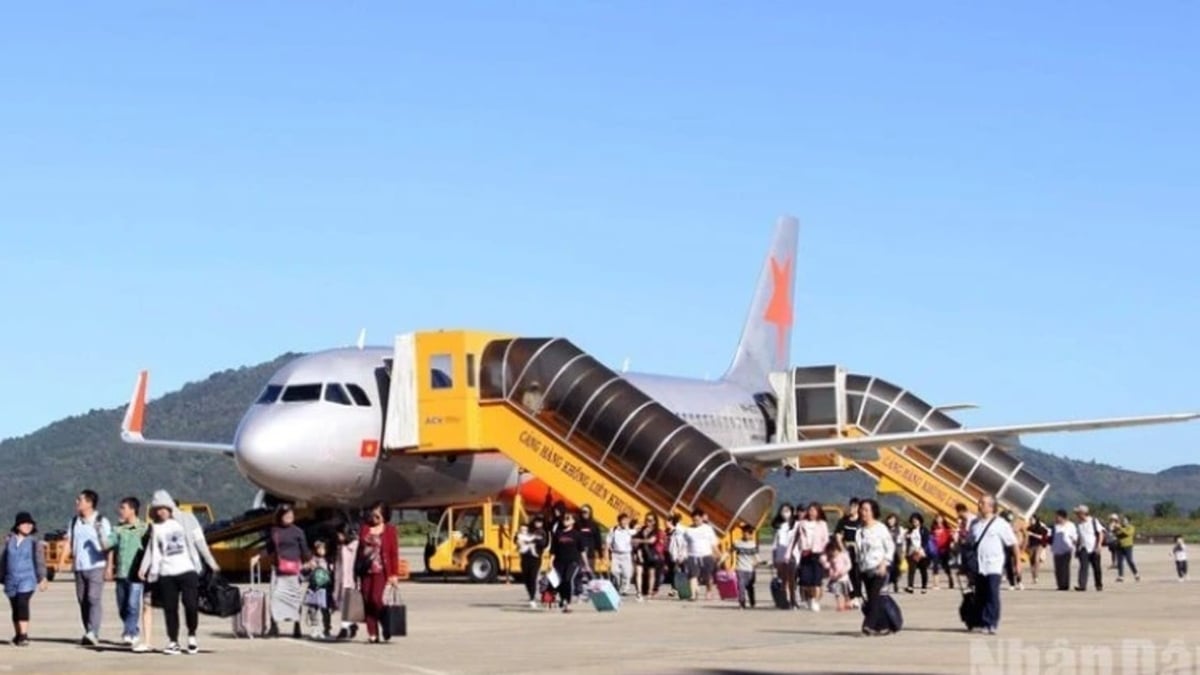
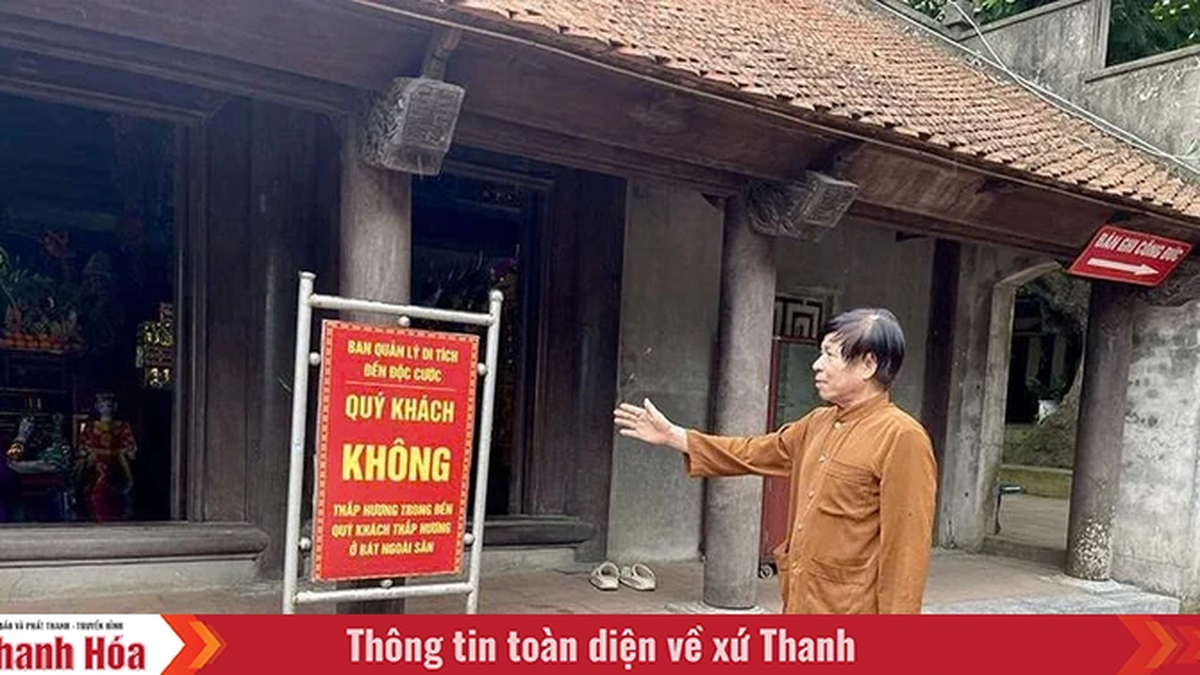
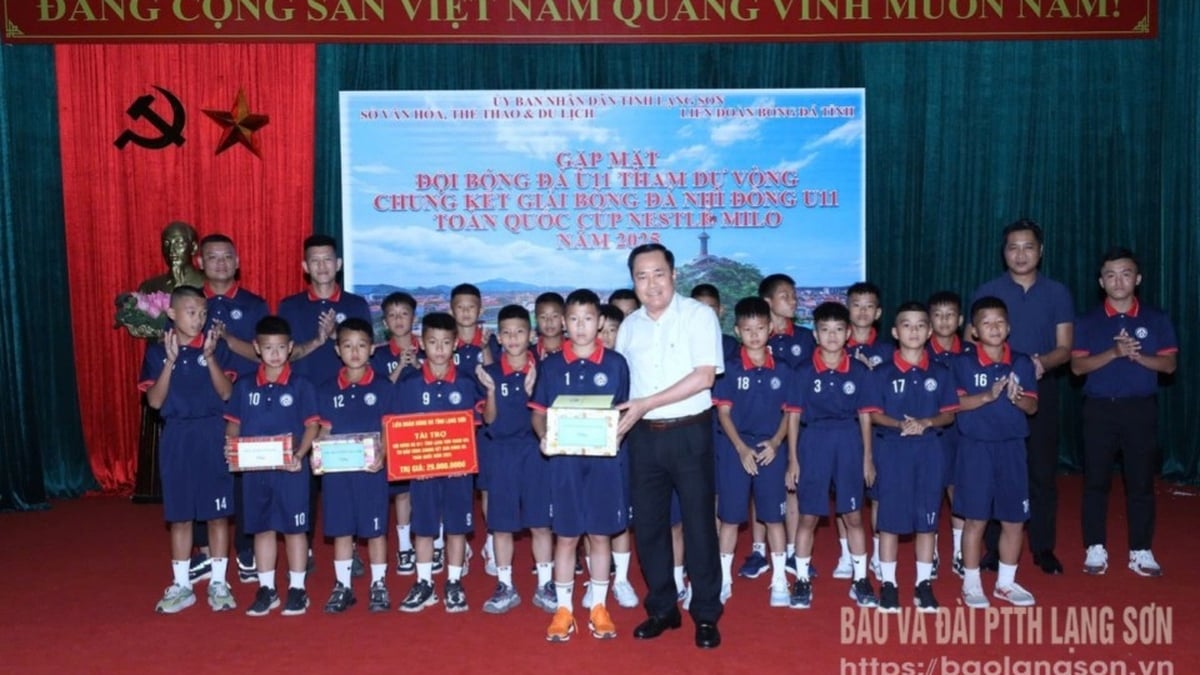




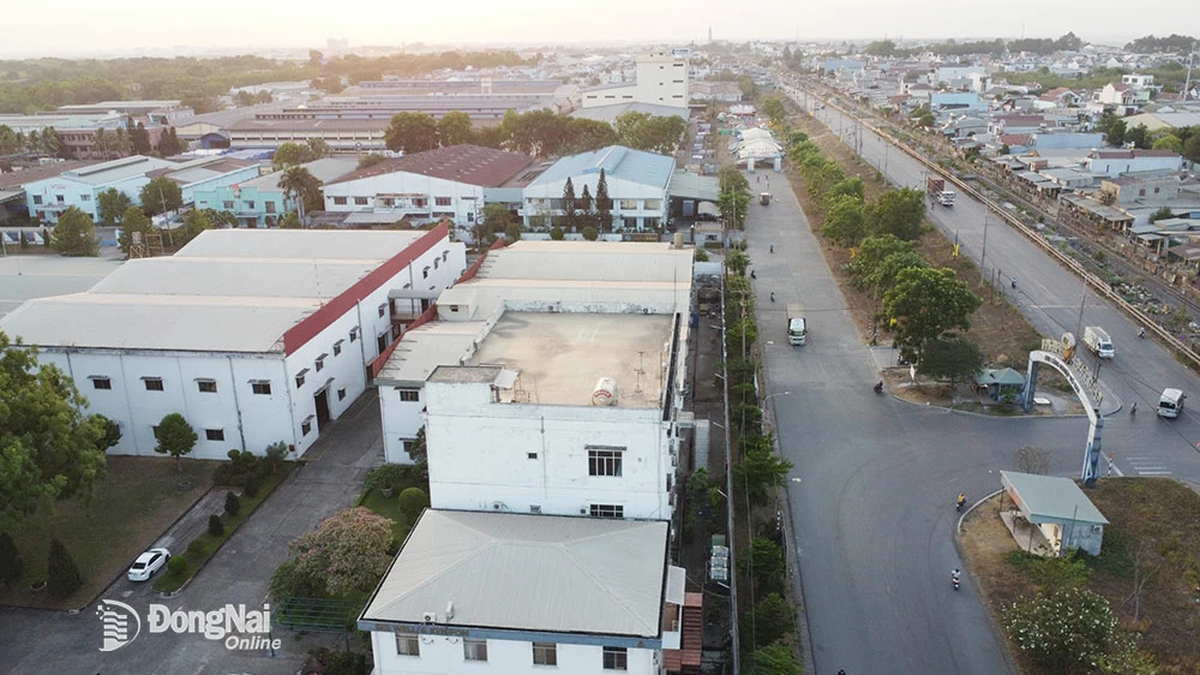
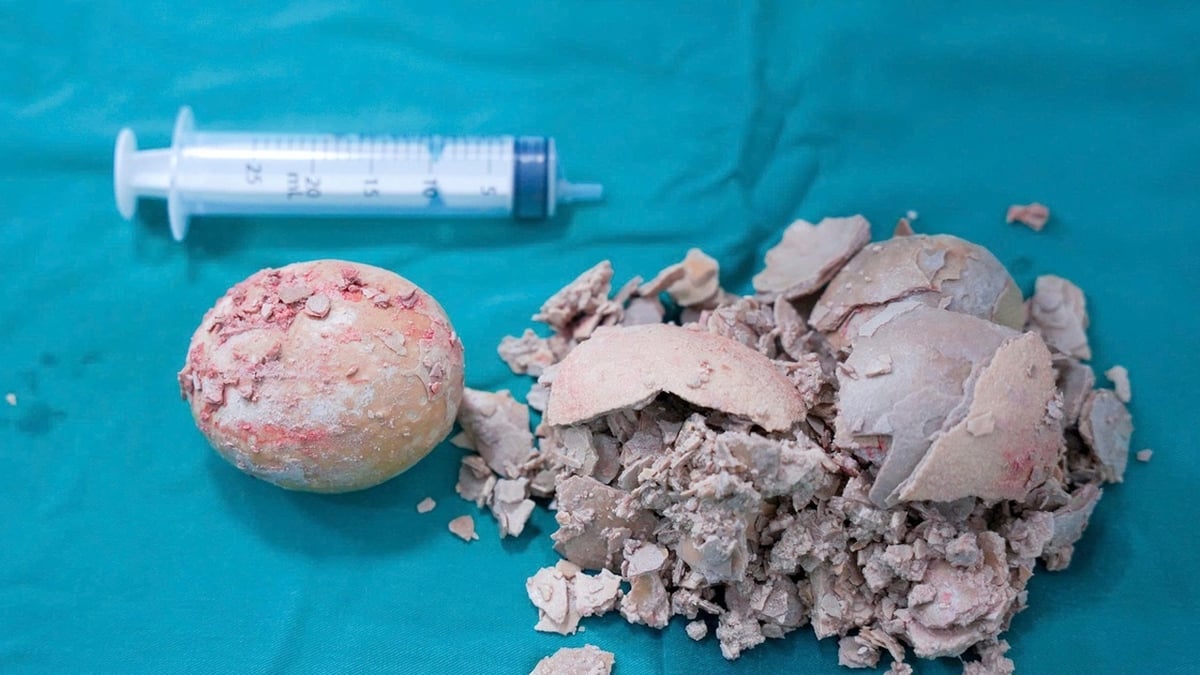








































![[Maritime News] More than 80% of global container shipping capacity is in the hands of MSC and major shipping alliances](https://vphoto.vietnam.vn/thumb/402x226/vietnam/resource/IMAGE/2025/7/16/6b4d586c984b4cbf8c5680352b9eaeb0)













































Comment (0)